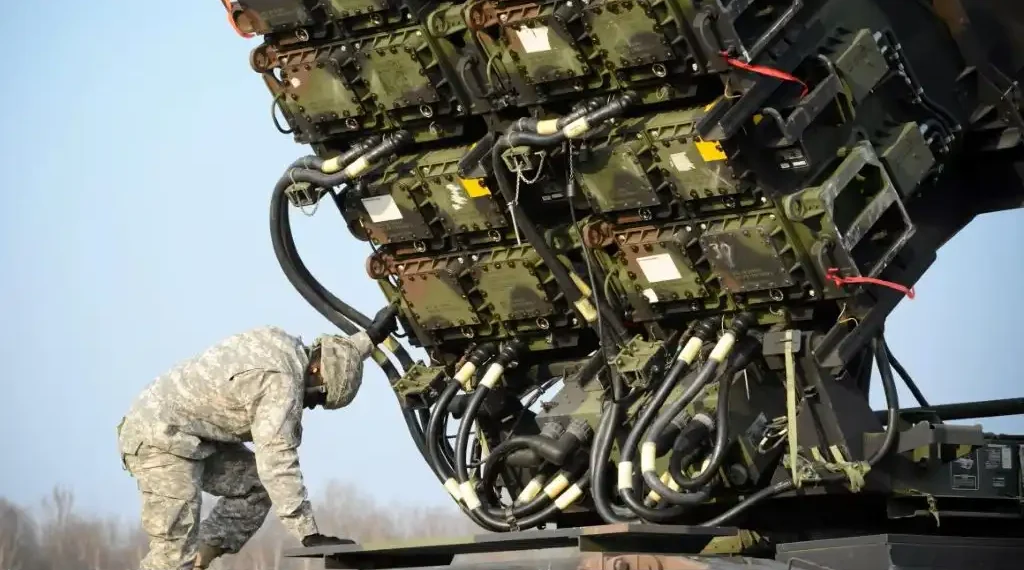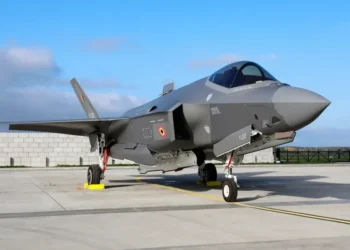What Are Patriot Missiles and Why Does Ukraine Desperately Need Them?
Published Time 08-12-2025, 14:00
As Ukraine faces relentless nightly bombardments from Russian forces, U.S. President Donald Trump’s announcement of sending Patriot missile systems to Kyiv has sparked cautious optimism. Despite the excitement, many questions remain about how many systems Ukraine will receive, when they will arrive, and their overall impact on the conflict.
The Strategic Importance of Patriot Missile Systems
Patriot missiles, short for Phased Array Tracking Radar for Intercept on Target, represent the backbone of the U.S. Army’s advanced missile defense capabilities. These systems have gained global recognition, notably for their recent success in intercepting 13 out of 14 missiles launched by Iran at a U.S. base in Qatar last month.
The latest Patriot models can intercept a range of threats—including short-range ballistic missiles, cruise missiles, and drones—at altitudes reaching 15 kilometers (9.3 miles) and distances up to 35 kilometers. This capability allows a single Patriot battery to protect an area of approximately 100 to 200 square kilometers, depending on terrain and deployment specifics.
While impressive, this coverage is relatively limited considering Ukraine’s vast size—over 603,000 square kilometers—highlighting Kyiv’s urgent need for multiple Patriot batteries to secure key regions.
What Does a Patriot Battery Consist Of?
A Patriot battery includes six to eight missile launchers, each capable of holding up to 16 interceptor missiles. The system also features a sophisticated phased-array radar, a command and control center, and power generation units, all mounted on mobile trucks and trailers.
Operating the system requires a crew of about 90 personnel, though during combat situations, only three soldiers are needed in the control center to manage launches and tracking. This complexity reflects the high technical demands and operational costs involved.
The High Cost of Advanced Missile Defense
The Patriot system comes with a hefty price tag. According to the Center for Strategic and International Studies (CSIS), a full Patriot battery—including launchers, radars, and interceptor missiles—costs over one billion dollars. Each interceptor missile alone can cost up to $4 million.
This raises challenges in the Ukrainian context, where Russia often uses inexpensive drones—costing as little as $50,000—in large numbers to overwhelm defenses. Deploying costly interceptors against cheap drones presents a tactical and financial dilemma.
U.S. officials have indicated that Ukraine’s access to Patriots could accelerate if systems are reallocated from NATO allies in Europe, who would then be replenished with new equipment purchased from the U.S.
President Trump mentioned that some or all of the 17 Patriot batteries ordered by other countries might be delivered to Ukraine “very quickly,” though precise timelines and quantities remain unclear.
International Support and NATO’s Role
The 2025 Military Balance report by the International Institute for Strategic Studies highlights that six NATO members—Germany, Greece, the Netherlands, Poland, Romania, and Spain—currently operate Patriot batteries.
NATO Secretary General Mark Rutte recently acknowledged that countries including Germany, Finland, Denmark, Sweden, and Norway could be potential suppliers of new defense systems, though he did not specify if Patriots would come from these nations.
Inside the U.S. military, there are concerns over stretched Patriot inventories. General James Mingus, Vice Chief of Staff of the Army, described the Patriot force as “our most stressed force element,” noting long deployments like the 500 days in the Middle East for the Qatar-based unit.
Ukraine’s Current Status and Ongoing Needs
Kyiv has requested 10 new Patriot batteries to bolster its air defense amid intensifying Russian missile and drone attacks. To date, Ukraine has received six operational batteries from a mix of sources: two from the U.S., two from Germany, one from Romania, and one jointly from Germany and the Netherlands, according to the UK-based arms monitoring group Action on Armed Violence.
Despite these additions, experts agree that Patriot systems alone will not end the war or halt the invasion. Their primary role is defensive—protecting cities and infrastructure from aerial attacks.
Experts Weigh In: No Single Solution to the Conflict
Retired U.S. Army General and former NATO Supreme Commander Wesley Clark told CNN that an effective arms package must include more than just air defenses.
“If you want to really stop this, you’ve got to strike Russia and you’ve got to strike deep,” Clark said. “You have to shoot the archer, not just the arrows coming in.”
This perspective highlights the complexity of the conflict and the need for a comprehensive strategy that includes offensive capabilities alongside missile defense systems.
Conclusion: Patriot Missiles as a Vital but Partial Answer
The Patriot missile system remains a critical asset in Ukraine’s defense arsenal against Russia’s escalating missile and drone campaign. While the systems provide significant protective coverage, the scale of Ukraine’s territory and the volume of attacks demand multiple batteries and a broader, multi-faceted military approach.
As Kyiv awaits further deliveries, the world watches closely, recognizing that advanced air defense is essential but insufficient on its own to turn the tide of war.
This article was rewritten by JournosNews.com based on verified reporting from trusted sources. The content has been independently reviewed, fact-checked, and edited for accuracy, neutrality, tone, and global readability in accordance with Google News and AdSense standards.
All opinions, quotes, or statements from contributors, experts, or sourced organizations do not necessarily reflect the views of JournosNews.com. JournosNews.com maintains full editorial independence from any external funders, sponsors, or organizations.
Stay informed with JournosNews.com — your trusted source for verified global reporting and in-depth analysis. Follow us on Google News, BlueSky, and X for real-time updates.













